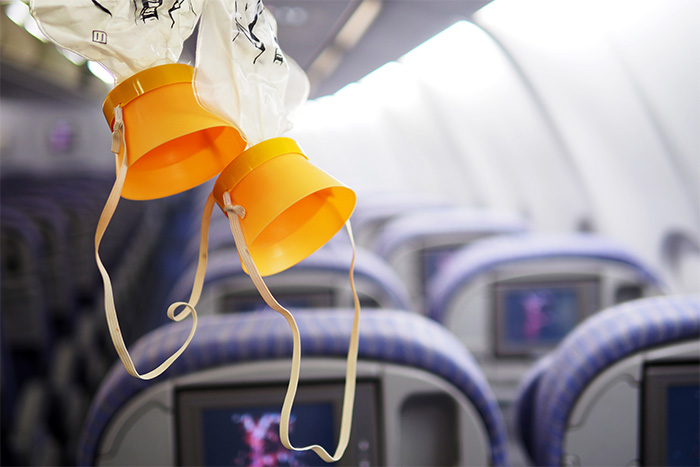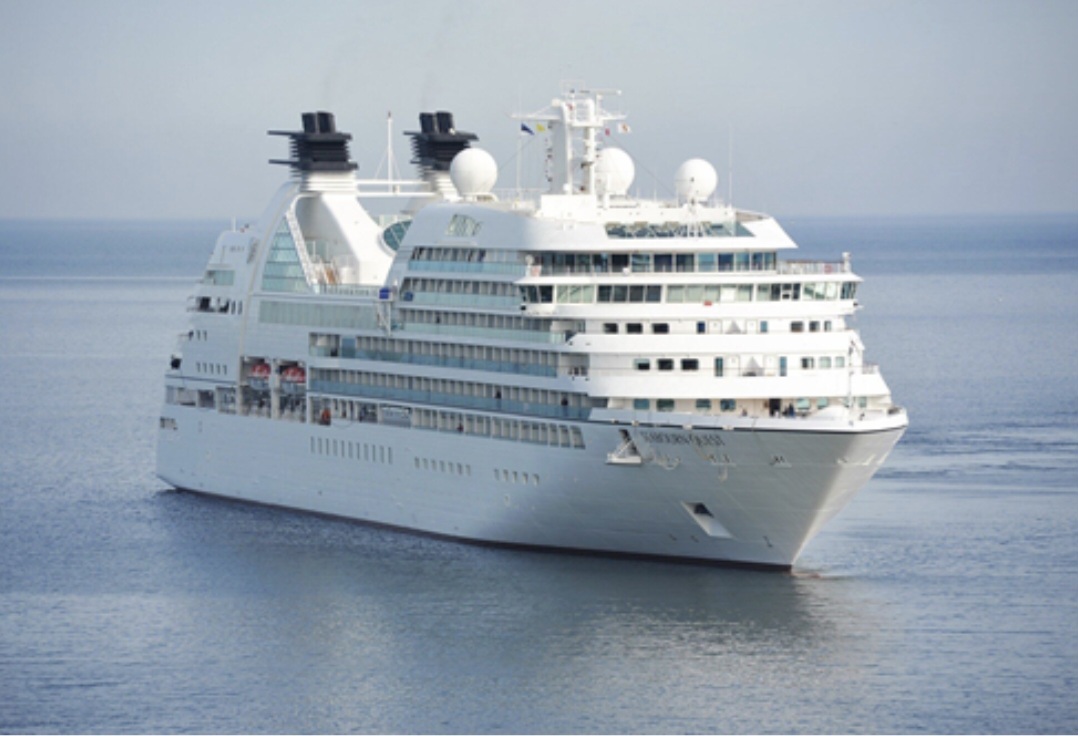

It is a great achievement of technology and human creativity that aircraft can fly at high altitudes. It’s common for passengers on commercial airplanes to wonder how they can breathe comfortably when flying at high altitudes where the air is much thinner outside the cabin. The pressurization system of the airplane, which ensures a secure and comfortable atmosphere for everyone on board, plays a key role in providing the solution.
Commercial planes encounter difficulties due to low atmospheric pressure and low oxygen levels when flying at high altitudes. In order to maintain cabin pressure and a sufficient quantity of oxygen, aircraft use advanced methods and technologies to assure the comfort and well-being of passengers and crew. The methods and tools used to keep cabin pressure and oxygen levels stable in aircraft at high altitudes will be discussed in this article.
Let’s Understand Atmospheric pressure and Cabin Pressure
Understanding Atmospheric Pressure
Understanding atmospheric pressure is essential before learning more about an aircraft’s pressurization system. At sea level, a force known as atmospheric pressure acts on the surface of the earth. Due to the air molecules’ decreasing density, this pressure drops as altitude rises.
Understanding Cabin Pressurization
In spite of the reduced atmospheric pressure at high altitudes, cabin pressurization refers to the act of artificially maintaining a cozy and secure atmosphere inside the airplane cabin. Passengers can breathe frequently without experiencing any pain or health hazards by replicating conditions comparable to those seen at lower elevations.
The Need for Pressurization
The air pressure outside dramatically decreases as aircraft fly to greater altitudes. The atmospheric pressure is roughly one-third of sea level at a height of about 10,000 feet (3,048 meters) above sea level. Without adequate pressurization, it would be difficult for passengers and crew to breathe because of the low air pressure and lack of oxygen, which might result in hypoxia, altitude sickness, and other major health problems.
Pressurization Systems
Modern airplanes have sophisticated pressurization systems that keep the cabin at a safe and pleasant temperature during the trip. The cabin pressure controller, outflow valve, and pressure relief valves are the main elements of an airplane pressurization system.
Cabin Pressure Controller
A computerized system known as the cabin pressure controller continuously monitors and modifies the cabin pressure to a predetermined level. The outflow valve is controlled in accordance with the measurement of the difference between the intended cabin pressure and the actual cabin pressure.
Outflow Valve
On the bottom portion of the aircraft, there is a movable flap that serves as the outflow valve. To keep the appropriate pressure, it controls the flow of air into and out of the cabin. Based on the aircraft’s altitude, the cabin pressure controller directs the location of the outflow valve.
Pressure Relief Valves
In order to avoid large pressure differences between the cabin and the outside environment, pressure relief valves are used. They automatically open if the pressure difference rises, protecting the aircraft’s structural integrity.
Operation of the Pressurization System
To guarantee a smooth transition for passengers, the pressurization system starts gradually improving cabin pressure during takeoff. Regardless of the aircraft’s actual altitude, the cabin pressure is normally maintained at a height equal to roughly 6,000 to 8,000 feet (1,828 to 2,438 meters) above sea level.
The cabin pressure controller continually adjusts the cabin pressure as the aircraft soars to greater altitudes in order to maintain the appropriate level. On the other hand, during descent, the pressurization system gradually lowers cabin pressure to correspond with the lowering altitude, avoiding discomfort and potential ear pain.
Safety Considerations
To protect the safety of passengers and crew, aircraft pressurization systems are built with redundant safety features. To avoid over-pressurization, numerous pressure relief valves are placed. Additionally, the outflow valve is made to malfunction in a safe location, allowing air to flow freely in the event of a problem.
What is Supplemental Oxygen Supply and its need?
Aircraft are outfitted with supplemental oxygen systems to supply oxygen to passengers and crew in case of an emergency or during times of low cabin pressure in addition to maintaining cabin pressure. These systems consist of:
Passenger Oxygen Masks
Each passenger seat is equipped with an oxygen mask that can be manually deployed in case of a sudden loss of cabin pressure. When the oxygen mask drops down, passengers are instructed to don the mask and breathe normally, ensuring a steady supply of oxygen until the aircraft reaches a safe altitude.
Crew Oxygen Systems
The flight deck and crew areas have separate oxygen systems. These systems include oxygen masks and portable oxygen bottles to provide a continuous supply of oxygen to the flight crew during an emergency descent or any situation that requires supplemental oxygen.
It’s important to keep in mind that supplemental oxygen system availability and specifics can change based on the airline, aircraft type, and regulatory restrictions. While supplemental oxygen systems primarily focus on fulfilling the oxygen demands of crew members and passengers with special medical requirements, oxygen masks are typically the primary method of giving emergency oxygen to passengers in the case of a loss of cabin pressure.
Note: It’s important to remember that oxygen masks on commercial airplanes are made to deliver oxygen temporarily, typically for about 15 minutes, to allow the aircraft to drop to a lower altitude where the air is breathable without additional oxygen. The pilots will then start an emergency descent to a safe altitude, where passengers and crew can continue breathing normally without oxygen masks.















